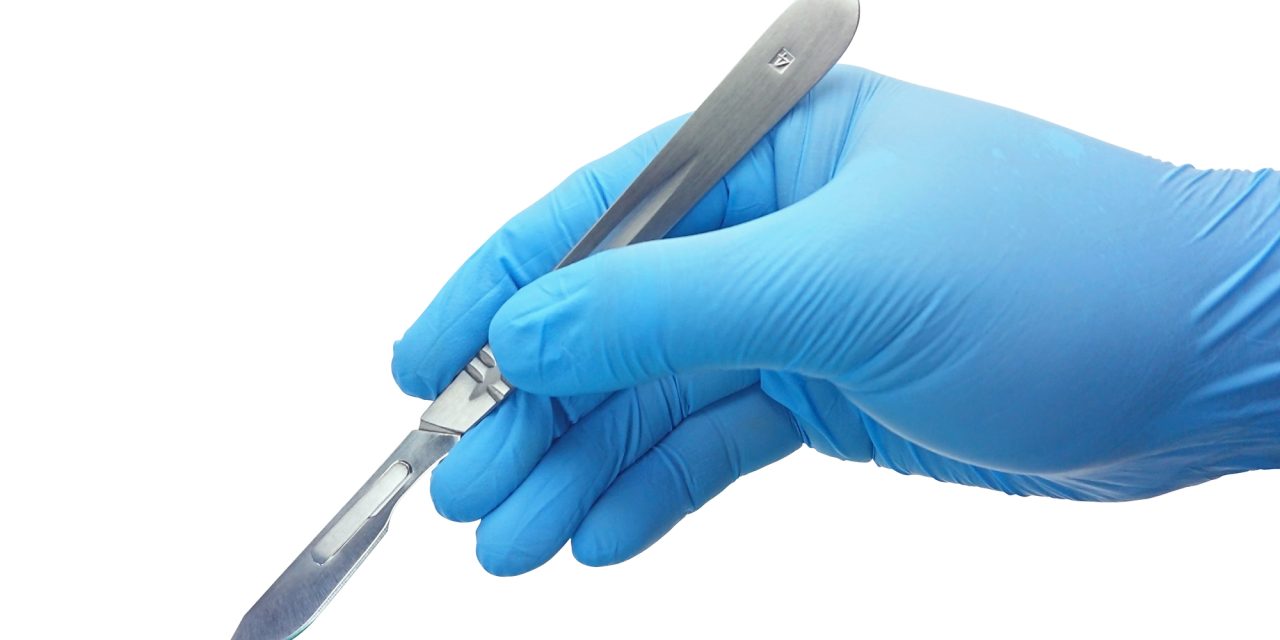Percutaneous mitral balloon valvuloplasty and mitral valve replacement have been the treatment options for mitral stenosis for several years, however, studies that compare these two modalities are very rare in the literature.
In this article, we aim to investigate the comparison of clinical results of percutaneous mitral balloon valvuloplasty and mitral valve replacement.
527 patients with rheumatic mitral stenosis, treated with percutaneous mitral balloon valvuloplasty or mitral valve replacement (276 patients with percutaneous mitral balloon valvuloplasty and 251 patients with mitral valve replacement) from 1991 to 2012 were evaluated. The demographic characteristics, clinical, echocardiographic and catheterization data of patients were evaluated retrospectively. The results of early and late clinical follow-up of patients after percutaneous mitral balloon valvuloplasty and mitral valve replacement were also evaluated.
The mean follow-up time of the percutaneous mitral balloon valvuloplasty group was 4.7 years and, for the mitral valve replacement-group, it was 5.45 years. The hospital stay of the percutaneous mitral balloon valvuloplasty group was shorter than that of the mitral valve replacement group (2.02 days vs 10.62 days, p<0.001). The hospital mortality rate of percutaneous mitral balloon valvuloplasty and mitral valve replacement were 0% and 2% respectively (p=0.024). In the percutaneous mitral balloon valvuloplasty group, early postprocedural success rate was 92.1%. The event-free survival of percutaneous mitral balloon valvuloplasty and mitral valve replacement was found to be similar. While reintervention was higher in percutaneous mitral balloon valvuloplasty-group (p<0.001), mortality rate was higher in mitral valve replacement-group (p<0.001).
Percutaneous mitral balloon valvuloplasty seems to be more advantageous than mitral valve replacement due to low mortality rates, easy application of the procedure and no need for general anesthesia.
Comparison of early and long-term follow-up results of percutaneous mitral balloon valvuloplasty and mitral valve replacement.


